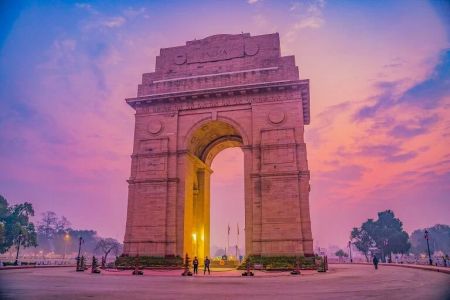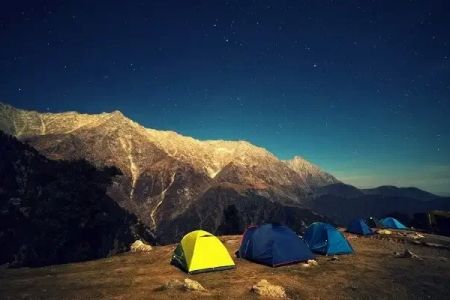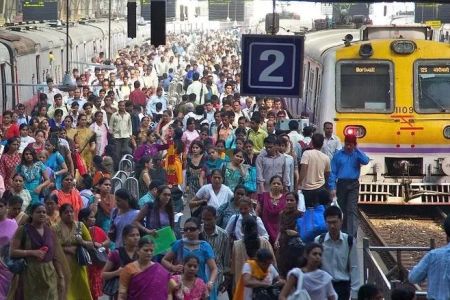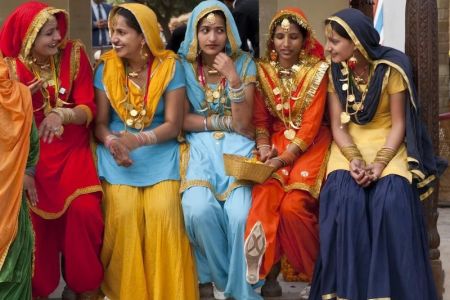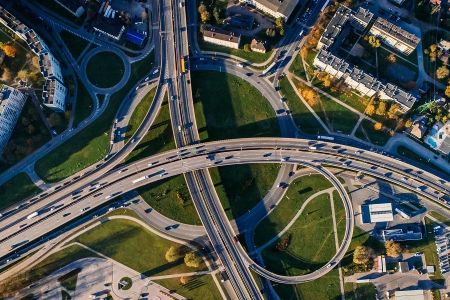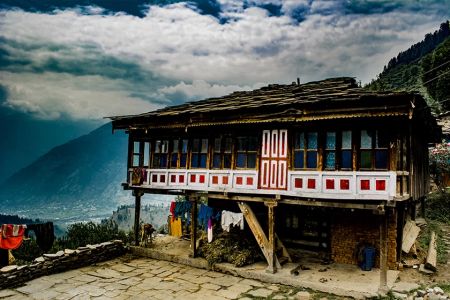How to Travel India Using Public Transportation: A Comprehensive Guide
1. Understanding Public Transportation in India
India offers a vast and diverse array of public transportation options, which makes it an ideal destination for those seeking to explore the country on a budget. Public transport in India is not just a way of getting from one point to another, but also a unique way to experience local culture, meet new people, and enjoy the scenery. Understanding how to navigate this system will ensure that you get the most out of your travels.
Whether you're visiting bustling cities like Mumbai or exploring smaller towns and rural areas, India’s public transport system is varied and well-connected. From trains to buses, auto-rickshaws, and metros, there’s something for every traveler, and each mode offers a different perspective of this vibrant country.
2. Types of Public Transportation in India
2.1. Indian Railways
Indian Railways is one of the largest and most popular modes of transportation across the country. Trains are an efficient way to travel long distances, with a range of classes from sleeper trains to luxury services. The vast network of railways connects major cities and towns, making it an essential choice for travelers.
For an authentic experience, try traveling on a local train in cities like Mumbai, where the rush hour is a unique experience in itself. For longer trips, opt for sleeper trains, where you can comfortably relax and enjoy the scenic views of India’s countryside.
2.2. Metro Systems
In large cities such as Delhi, Mumbai, and Bangalore, metro systems provide a fast and efficient way to travel. They are perfect for avoiding the heavy traffic that these cities are known for. The metro stations are usually well-maintained, and the trains are punctual, clean, and affordable, making them a great option for both locals and tourists.
2.3. Bus Services
Buses are another common mode of public transportation in India. They serve both urban and rural areas, and are often the most cost-effective option. While buses may not always be as comfortable or quick as trains, they provide an opportunity to travel more affordably. In cities, buses run frequently and have dedicated routes, whereas long-distance buses connect cities and towns.
2.4. Auto-Rickshaws and Cycle Rickshaws
For short trips within cities, auto-rickshaws are an excellent choice. These three-wheeled vehicles are inexpensive and can navigate narrow lanes where cars cannot. Bargaining is often required to get a fair price, but they offer a quick and fun way to travel. In some cities, cycle rickshaws are also available, which provide an eco-friendly alternative to motorized rickshaws.
3. Tips for Using Public Transport in India
3.1. Be Prepared for Crowds
Public transportation in India, especially during peak hours, can get crowded. Whether you're on a bus or train, be ready for a close encounter with fellow passengers. Stay patient, and don’t be shy to ask for help if needed. Be mindful of your belongings and avoid traveling during rush hours if you can.
3.2. Carry Small Change
It’s always a good idea to carry small denominations of currency when using public transport in India. Drivers and conductors often don’t have change for large notes, so carrying the correct amount will save you time and hassle.
3.3. Use Apps for Real-Time Information
In larger cities, apps like Uber, Ola, and Google Maps can be useful for navigating public transportation options. Many cities also have apps dedicated to metro systems, which provide real-time information on train schedules and delays, helping you plan your trips more efficiently.
4. Safety and Precautions While Traveling
While traveling by public transport in India is generally safe, it’s important to take some precautions to ensure your safety. Here are a few tips:
4.1. Watch Your Belongings
Keep an eye on your bags and valuables at all times, especially when traveling in crowded places. Avoid displaying expensive items such as jewelry or electronics openly, as it may attract unwanted attention.
4.2. Follow Local Etiquette
In many parts of India, it’s common for women to travel in ladies-only compartments on trains or buses. Be aware of local customs, and always respect the space and comfort of fellow passengers. Asking for permission before taking photos of people is also a good practice.
5. Popular Travel Routes and Destinations
India offers countless destinations accessible by public transport. Some of the most popular travel routes include:
5.1. Delhi to Agra (via Train)
Traveling from Delhi to Agra by train is one of the best ways to visit the Taj Mahal. The journey is quick and comfortable, and trains run frequently throughout the day.
5.2. Mumbai Local Train
The Mumbai local train network is famous for its speed and efficiency. This is a must-try experience for anyone visiting Mumbai, providing a unique insight into the city’s fast-paced lifestyle.
5.3. Kerala Backwaters (by Boat)
For a more leisurely experience, head to Kerala’s backwaters. Boats are a key mode of transportation here, offering a serene way to explore the picturesque villages and lush landscapes.
6. Explore More: How to Make the Most of Your Trip
Public transportation in India offers a unique and immersive way to explore the country. Whether you’re traveling for business, leisure, or adventure, using public transport allows you to experience India up close. From the vibrant cities to tranquil rural villages, every journey is an opportunity to learn more about this diverse country.
For more tips, travel guides, and expert recommendations, visit Travel India One.
